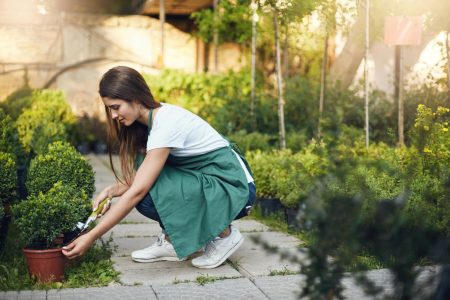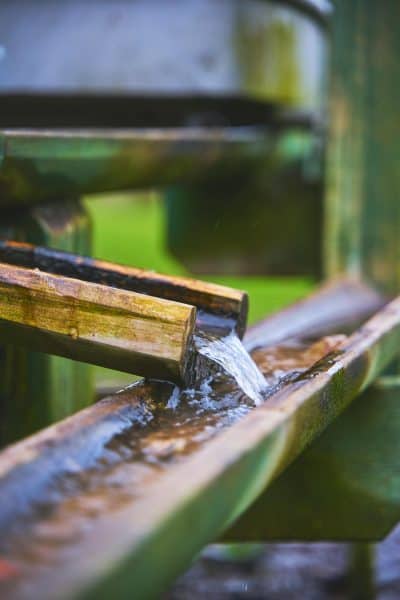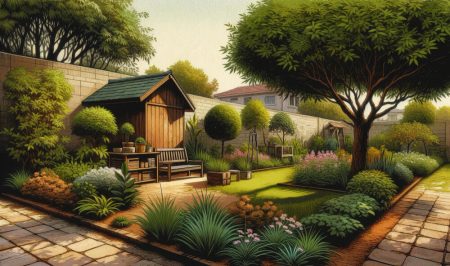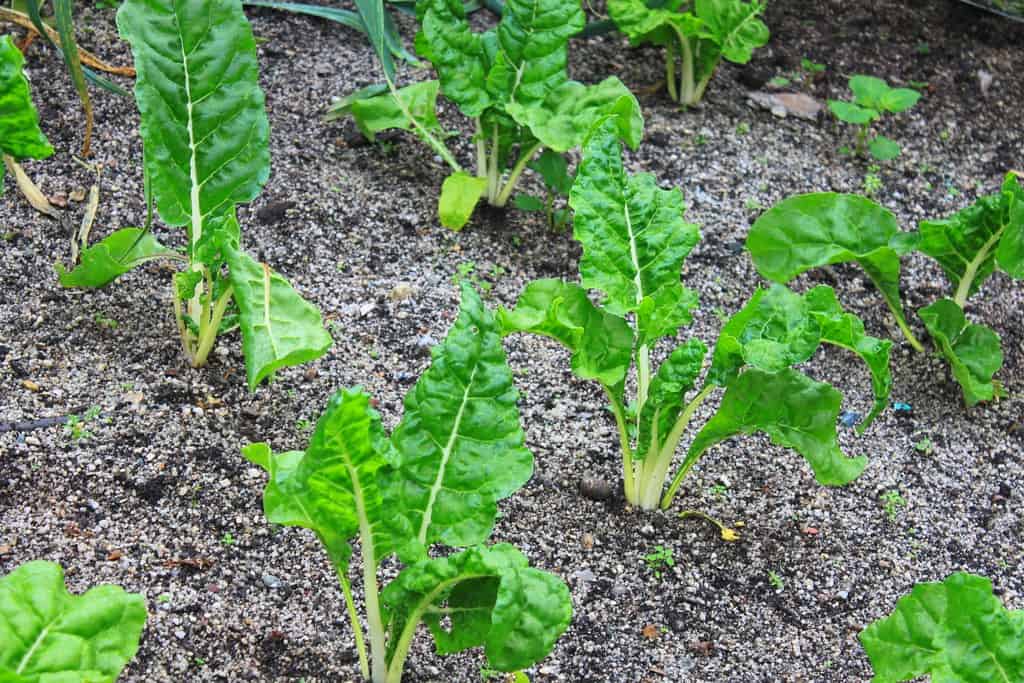
If you want to learn how to start a garden from scratch, this article will walk you through everything you need to know, step by step. Even though it may seem overwhelming, growing food is incredibly simple when you know the basics. Start at the beginning with these simple steps using the right resources and get started with square foot gardening, raised bed gardening, or even just a small container garden.
The most important aspects to successfully start a garden include:
- choosing the right location,
- determining the space needed,
- deciding whether to start with seeds or plants,
- evaluating your garden soil type,
- enriching your existing garden soil,
- deciding on your watering options,
- selecting the best season to plant your food,
- learning the basics of the plant needs.
All of these steps get you one step closer to enjoying healthy, fresh food while watching nature grow and regenerate. Then enjoy the many benefits of organic foods from your own backyard.
Benefits of Starting a Garden
Creating a garden from the ground up brings more than just a bounty of vegetables. It involves a deep understanding of the environment and how it affects the growth of plants. With time, gardeners develop the ability to interpret weather patterns and other natural cues, such as bird and bug behavior. Working in the garden also provides an opportunity for physical activity, including muscle toning, bending, and stretching, as well as exposure to sunlight and fresh air. Unlike other forms of work, gardening offers the added reward of harvesting the produce that is grown.
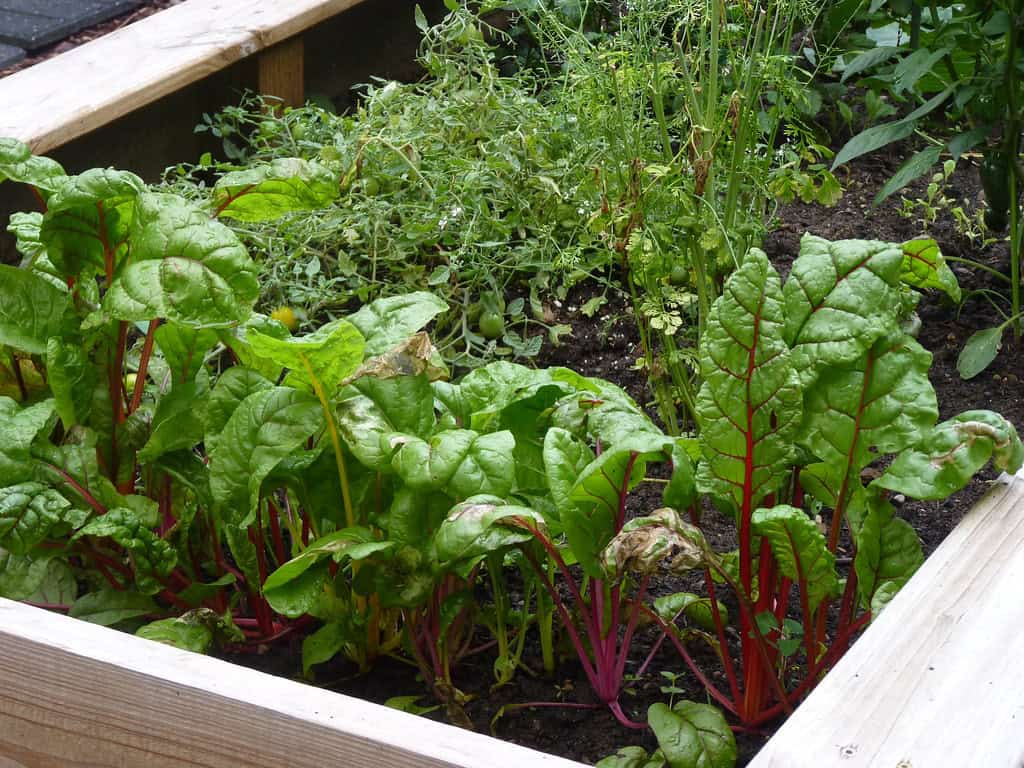
Family gardens contribute to healthy diets by offering fresh, pesticide-free food in season. Vegetables contain vitamins and minerals that help our bodies to fight disease. Many of our favorites eaten raw taste perfectly delicious without requiring any additional treatment, while other family members can prepare most cooked vegetables with very minimal effort. Gardening also offers the family an opportunity to instill young ones with a lifelong hobby or profession. Everyone primarily wants to give their loved ones the very best. For people who cook at home, that involves providing loved ones with healthful and delicious meals. Starting a family vegetable garden gives individuals the supreme satisfaction of knowing that their beautiful organic bounty is the best they can possibly offer.
Choosing the Right Location for Your Garden
What things should you consider when searching for a location for your first garden? And how can you decide which site will work best? As a beginner, there are a few things about specific locations that you should think about when establishing your first garden. Understanding these gardening concepts and choosing the right location is very important to having a successful garden. Learn how to find out if the lighting and sun is suitable for a vegetable garden or flower garden. Try to figure out how long has it been since there has been a building on the land. This can be an indication of whether the soil has been treated with construction chemicals before. Locating your garden area is also important to find out about the terrain of the land. If it can hold and drain water, as well as if it should be flattened out some.
Choosing the rightful location of the garden is one huge step to the successful outcome of your garden. For this reason, if this is your first time in having a garden area, you should take a lot of time examining where your garden is going to be. The reason why time is needed in choosing a site is because of many factors. If you are at a loss why this is a major decision, then for you to be clued up, here are some of those aspects that you should look into: Location. The place where your garden area would be should have an average of six hours exposure to sunlight. In doing so, you ensure that the seedlings will have enough food through photosynthesis that is necessary for them to produce vegetables or flowers annually. The site should also be near a water source. If nature says that your site has all the right qualities for a garden then you simply can’t refuse.
Deciding What to Grow
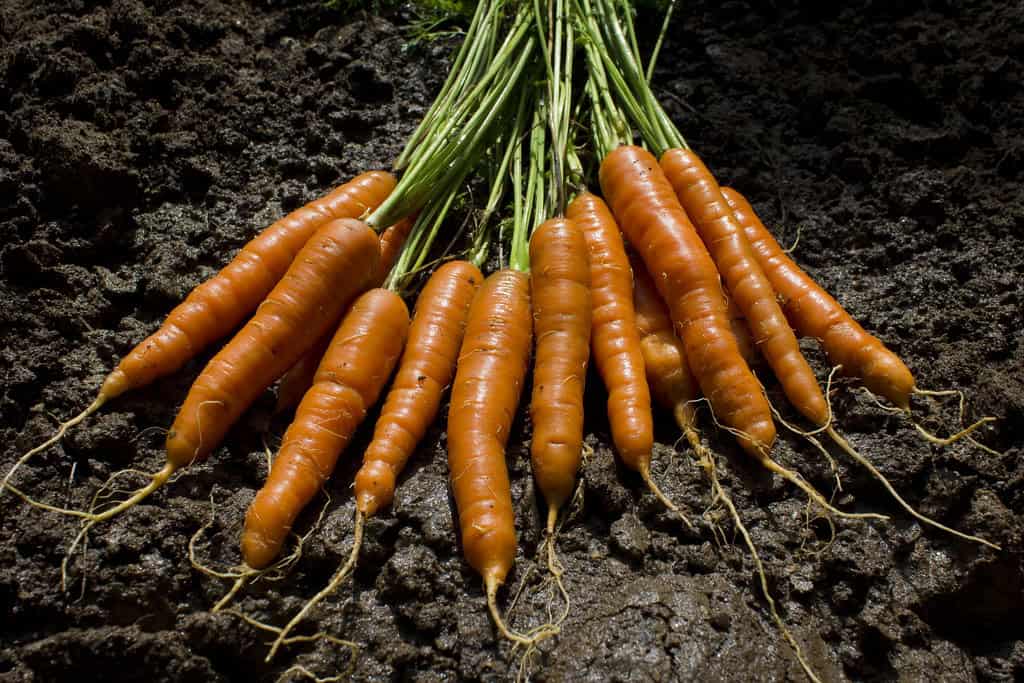
Tomatoes, carrots, zucchini, cucumbers, and other types of produce are excellent starting points. When planning what to grow in your garden, the key is to remember that it’s better to start small. Ascribing too large of a garden to a first-time gardener can be intimidating. Instead, work out how much produce your family will realistically eat. Then, you can begin to plan the planting layout. Remember that vegetables like to get at least 6 hours of sunlight and should have a source of water close by. Choosing an area that isn’t obstructed by trees or other structures is also a good idea. If you don’t have an abundant source of water nearby, utilizing a sprinkler, drip irrigation system, or soaker hoses can help to keep the garden well watered.
Finding out what grows well in your area is important as well. Different climates and different soil types in various regions will encourage you to grow different types of produce. A lot of cool-season produce, such as lettuce and spinach, which grow nicely through spring and fall, could be grown later in the year as well. Information about when to plant your vegetables/crops and the spacings that should be used is also important. Whenever planting new veggies in your garden, you should always do some research. Proper timing will prevent the problems with too much sun, or in case it is too cold to plant anything. With the ideal research and timing, you can expect your produce to flourish into healthy mature plants.
Preparing the Soil
The quality of your soil will have an enormous effect on the success of your garden, and the best time to start building good soil is long before you even think of planting seeds. If possible, vegan organic homesteading guru Jesse Bloom suggests covering your planting area for a year or two with mulch or tarps. “That will really encourage microbial life,” she explains. “And earthworms and microorganisms are what make good soil… You want your soil to be full of little critters who are helping nourish your plants.” Compost will also provide a good source of many of the nutrients your plants will need. “When I’m planting a veggie garden, I’ll buy compost in bags or truckloads,” Jesse says. “At a garden store, compost is usually around two cubic feet for around 7-10 dollars. But getting good compost trucked over to your house is a really good idea, too. It’s usually under a hundred dollars for a yard, which is around 60 bags worth.” Jesse recommends getting compost that has been aged for at least a year—the fertilizer value is better. She also suggests you do a soil test on your final soil mix to see where you stand on nitrogen, phosphorus, and potassium, the macronutrients your plants will require the most of. If your soil has been planted with some kind of cover crop, wait until it seeds and then dig it in, she recommends. “Don’t pull your cover crop out roots and all,” Jesse says. “Put seed heads, like peas and beans, into your compost pile if you can to reseed later.”
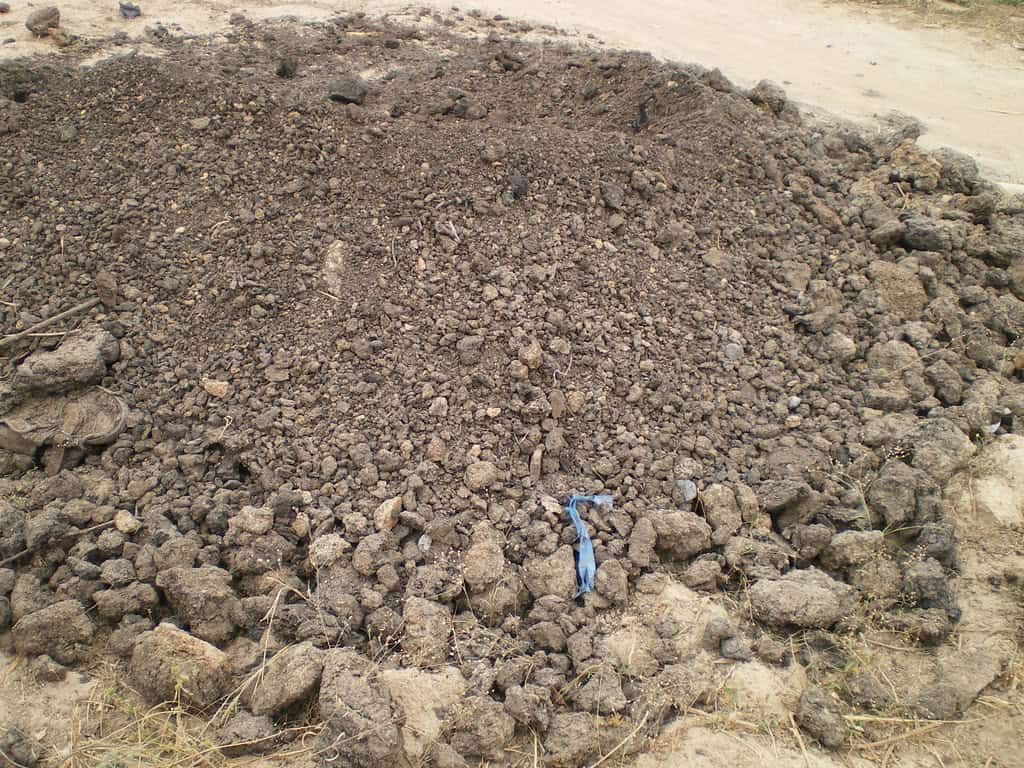
Once your soil has been building organic matter over time, you’re ready to start digging. Jesse recommends that you do some kind of slo-mo rototiller action with a hoe—it’s the best kind of tiller for your soil. (It’s the type of action you do when you’re using the hoe like a weeder—just upside down.) It is hugely beneficial to mix your compost into the soil. If you are afraid of working too hard, Jesse suggests doing a little bit of digging at a time, with breaks in between each session. “This is something to take seriously,” she says. The depth-of-digging will depend on what kind of plants you’re growing. “Six- to ten-inch for a veggie garden,” she advises. “Deeper if you’re planting something like carrots.” Once you’ve gotten your plants in, it’s good to mulch again. Jesse uses straw. Some people like using the kind of straw that doesn’t have seeds in it, but either way, mulch is really good for earth and for the health of your plants. It will keep the weeds out and the moisture in.
Planting Your Garden
Do a little research to know the specific space (garden, flower pot, or vase) that each type of plant needs. Some need wider and deeper spaces, and others smaller. You will have soil at home, which you can improve by adding composted manure and earthworm humus. The plants will thank you. Planting in the wrong place results in very sick plants, which the garden beginner quickly gives up. Another measure: always place your vase or potted garden in a slot with white stones, cassava, or coarse sand over the hole. This helps avoid clogging the hole, which can cause waterlogging in heavy rains.
Planting well and that lasts requires studying the action of the sun and soil in each food, as well as what each root needs to absorb. The first group needs 3 hours of sun, the second needs 6 hours, and some, such as rosemary, lavender, succulents, lettuce, arugula, cabbage, and leguminous pastures do not support low temperatures nor the freezing cold. You need to decide which seeds you are going to use, how long they will take to develop, and what periods they support. For easier plants, seeds can be sown directly into the substrate.

For plants that need a hot climate to germinate, always choose seeds grown in controlled conditions and in the preparatory season. In the gardening of flowers, and in the agriculture of garden vegetables, the most common is that people prefer to sow seeds over planting with seedlings.
